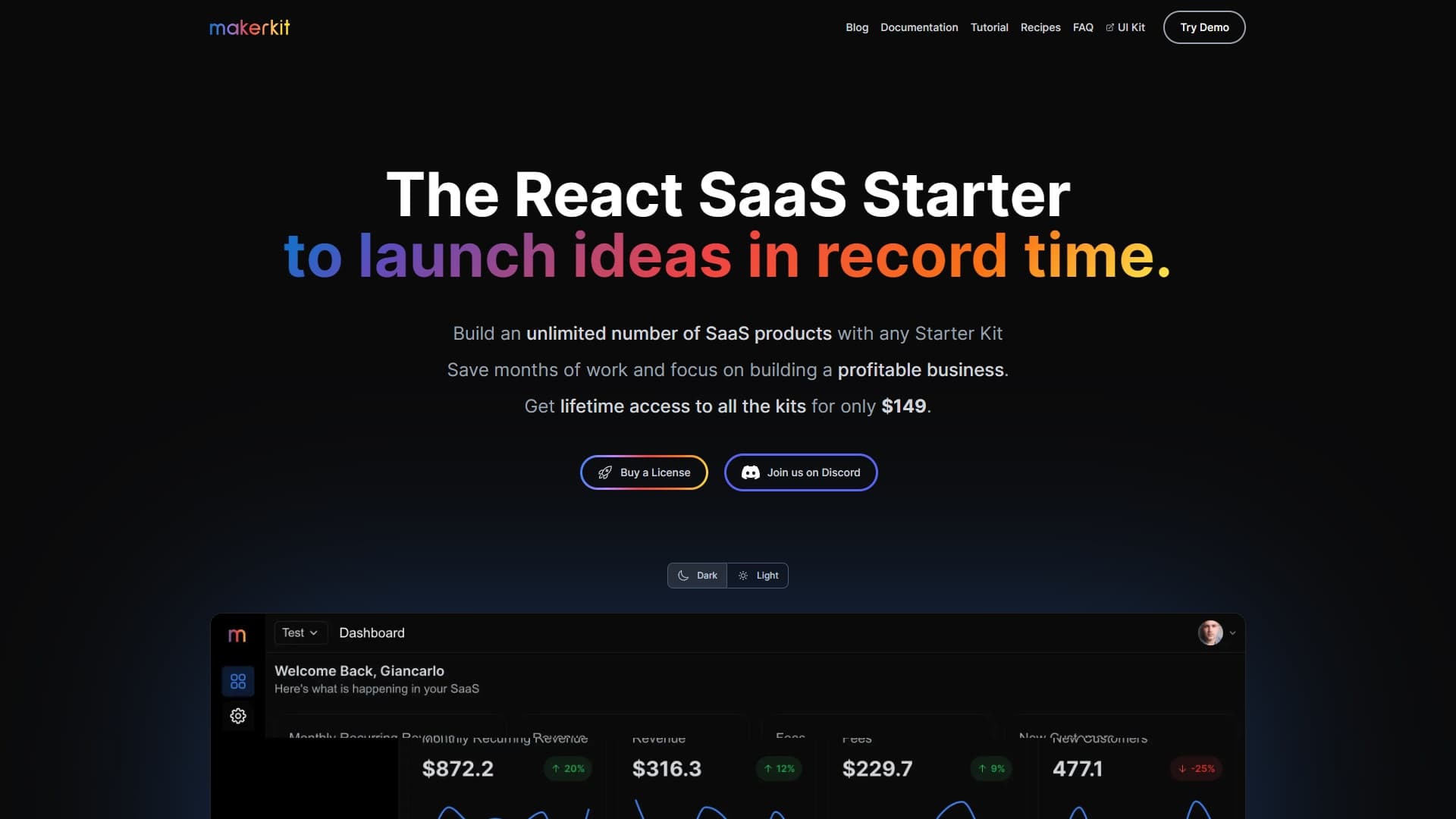2024-05-10
Mastering Next.js: Tips, Tricks, and Best Practices for Modern Web Development
Dive into the world of Next.js with our expert guide, featuring valuable insights, best practices, and tips to enhance your web development skills. Perfect for developers looking to leverage the power of Next.js in their projects.

Mastering Next.js: Tips, Tricks, and Best Practices for Modern Web Development
Welcome to our comprehensive guide on mastering Next.js, the React framework that has revolutionized the way we build web applications. Designed for developers visiting TemplateHub.dev, this post delves deep into the core aspects of Next.js, offering valuable insights, best practices, and expert tips to elevate your web development skills and project quality. Whether you're starting a new project from scratch or looking to enhance an existing one, leveraging Next.js can significantly impact your development workflow and end product quality.
Understanding Next.js
Next.js is an open-source React front-end development web framework that enables functionalities such as server-side rendering and generating static websites for React-based web applications. It's known for its simplicity, flexibility, and performance.
Why Choose Next.js?
- Server-side Rendering (SSR): Improves SEO and initial page load times by rendering React components on the server.
- Static Site Generation (SSG): Builds your pages at build time, which can be deployed and served as static HTML.
- File-based Routing: Simplifies the setup of routes using the file system without the need for additional configuration.
- API Routes: Easily create API endpoints to provide backend functionality.
- Built-in CSS and Sass Support: No configuration required for styling your applications.
Best Practices for Next.js Development
Drawing insights from leading developers and industry best practices, here are key strategies for optimizing your Next.js projects:
Implement Effective Caching Strategies
Caching is crucial for enhancing the performance of your Next.js applications. It reduces the load on your server and speeds up content delivery to the user. Implement service workers, utilize edge caching, and leverage browser cache policies to ensure your application loads quickly and efficiently1.
Utilize File-Based Routing
Next.js offers a simple and powerful system for routing based on the file structure within the pages directory. This approach simplifies navigation within your application and makes it more predictable. Organize your files and folders in a way that reflects your site's hierarchy for easy management2.
Embrace TypeScript
TypeScript provides static typing, which can help catch errors early in the development process, making your code more robust and maintainable. Next.js supports TypeScript out of the box, allowing you to benefit from these advantages without additional setup3.
Leverage Server-Side Rendering and Static Generation Wisely
Understanding when to use SSR and SSG can significantly impact your application's performance. Use SSR for pages that need real-time data, and opt for SSG for static content pages. This combination ensures an optimal balance between performance and dynamic content delivery4.
Optimize Images
Next.js provides an Image component that optimizes image loading and enhances performance. Use this component to automatically resize, optimize, and serve images in modern formats like WebP when supported by the browser5.
Code Splitting and Lazy Loading
Next.js automatically splits your code into manageable chunks and only loads what's necessary for the initial page load. Take this further by using dynamic imports for components and libraries that aren't immediately needed, reducing the amount of code downloaded upon the initial visit.
Wrapping Up with a Call-to-Action
Incorporating these tips and best practices into your Next.js projects can significantly enhance both the development experience and the performance of your applications. Whether you're a seasoned developer or just starting out, Next.js offers the tools and flexibility needed to build high-quality, modern web applications efficiently.
Explore our ShipFast template on TemplateHub.dev to jumpstart your Next.js project. This template provides a solid foundation, incorporating many of the best practices discussed in this guide, allowing you to focus on adding unique features and value to your project.

Ready to take your web development projects to the next level? Dive into the Next.js world and see the difference it can make in your development process and final product quality. Happy coding!









